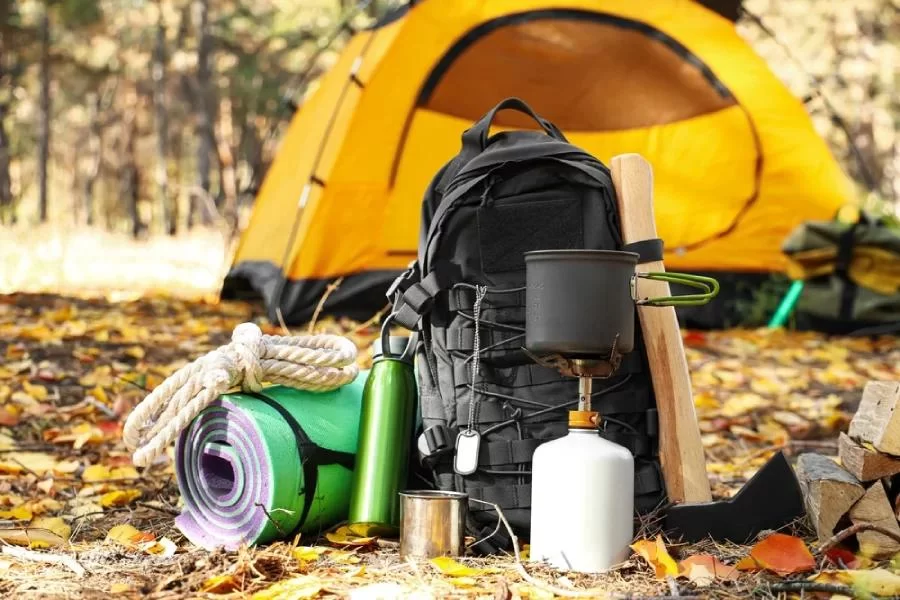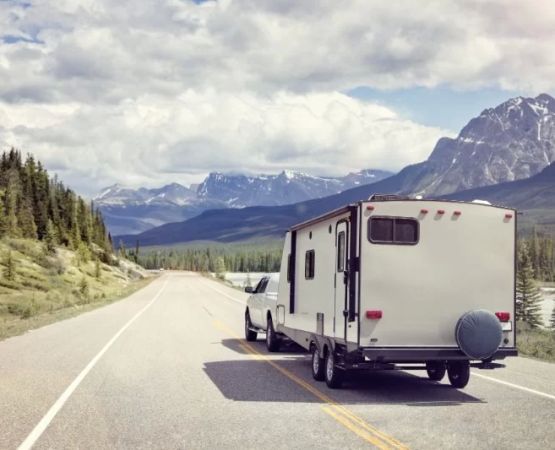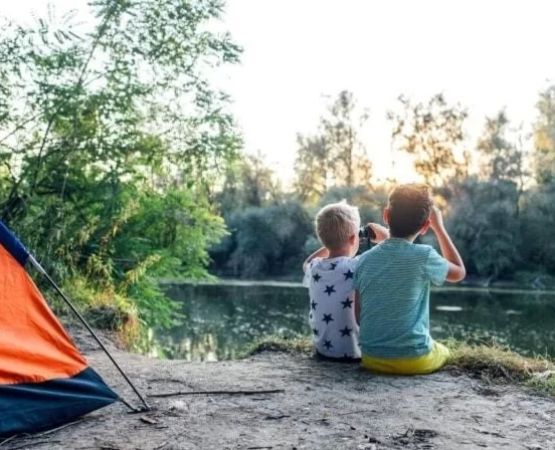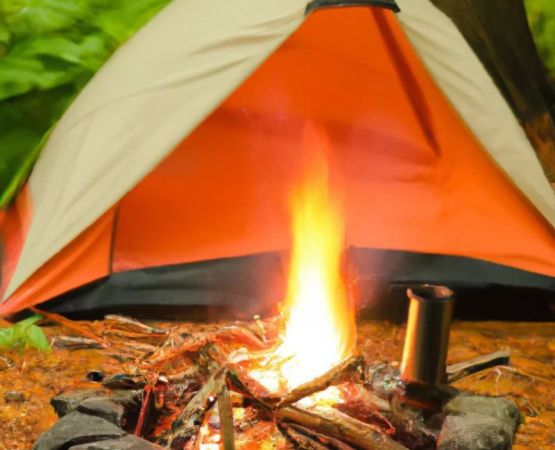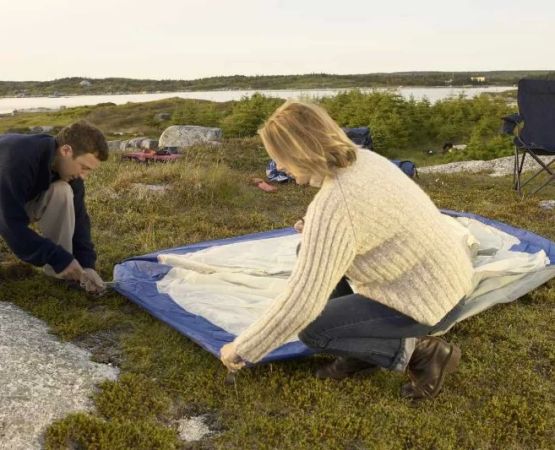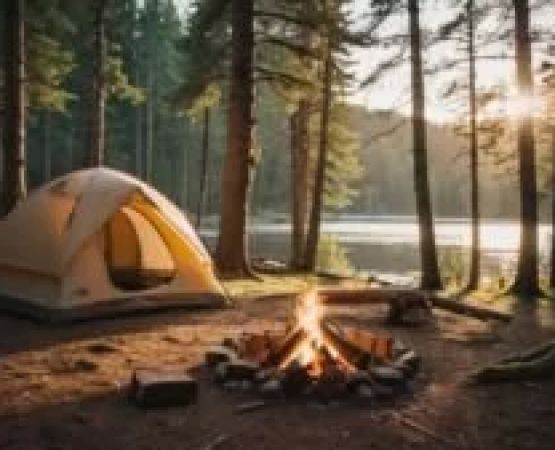The Survival Tools That Saved Us in the Wild
I’ve always been drawn to the quiet isolation of remote camping. There’s a rawness to it—a sense that you’ve stepped outside the grid and into something ancient and real. But venturing far from civilization demands more than just enthusiasm. After a close call in the high backcountry of Montana, I learned firsthand the importance of packing the right survival gear.
1. Shelter: Your First Line of Defense
One of our earliest trips into a remote valley taught me how quickly the weather can change. We arrived under blue skies, but by nightfall, wind gusts tore through camp, bringing icy rain. If we hadn’t packed a 4-season tent with a full rainfly and sturdy stakes, we would’ve been soaked and freezing by morning.
What saved us:
- Four-season tent with reinforced seams and snow skirts
- Emergency bivy sacks for unexpected situations
- Ultralight tarp for creating windbreaks or backup shelter
Out there, your shelter isn’t just a comfort—it’s survival. Always choose gear designed for the harshest conditions you expect to face, and practice setup before you leave home.
2. Water Filtration and Purification: Clean Water Is Everything
On a multi-day trip through canyon country, we underestimated our water supply. Our bottles ran dry midway through day two, and the nearest stream was miles away. Luckily, I had packed a lightweight water filter and iodine tablets. It wasn’t glamorous, but it kept us going until we reached a reliable water source.
Always pack:
- Pump or gravity water filter rated for bacteria and protozoa
- Water purification tablets as a backup (chlorine dioxide is best)
- Collapsible water containers to store purified water
In remote areas, assuming water will be safe is a gamble. Even crystal-clear mountain streams can carry invisible threats like giardia or cryptosporidium. Don’t take chances.
3. Fire-Starting Tools: Heat, Light, and Rescue Signal
On a foggy morning in the northern forest, our lighter refused to spark. Everything was damp, and we had no dry tinder. That’s when I remembered the waterproof matches in a sealed tin buried in my emergency pouch. I also had a ferro rod and cotton balls soaked in petroleum jelly. We had a fire in minutes.
Pack multiple options:
- Waterproof matches in a sealed container
- Ferro rod or magnesium striker
- Pre-made tinder (cotton balls, dryer lint, wax cubes)
- Lighter (but never rely on it alone)
Fire isn’t just about cooking—it can prevent hypothermia, boost morale, and serve as a visual signal in emergencies. Redundancy is your friend here.
4. Navigation: Because GPS Isn’t Always Enough
I once watched a buddy’s GPS fail miles into a canyon. No signal. Dead battery. We relied on a good old-fashioned topographic map and compass to find our way back. Ever since then, I’ve never left without a paper map—even if I also bring a satellite communicator.
Essential navigation tools:
- Topographic maps of the area (in a waterproof case)
- Compass with sighting mirror
- GPS device or smartphone app with offline maps
- Satellite messenger (like Garmin inReach or Zoleo)
In remote areas, you can’t rely on phone service. Knowing how to use a compass is more than a skill—it’s a lifeline. Take the time to practice before your trip.
5. First Aid and Emergency Gear: Prepare for the Worst
When my brother slipped and gashed his leg on a rock ledge, we were five hours from the nearest road. I had a trauma kit with clotting gauze, bandages, and painkillers. It stabilized him long enough for us to hike out slowly. Without it, we might have needed a helicopter rescue.
Your emergency kit should include:
- Trauma supplies (wound closure strips, tourniquet, antiseptic)
- Painkillers, antihistamines, anti-diarrheal meds
- Tweezers, scissors, moleskin, and a CPR mask
- Emergency whistle and mirror for signaling
Customize your kit based on trip length and location. Remote areas demand more than a few adhesive bandages and alcohol wipes.
6. Multi-Tool and Survival Knife: Your Do-It-All Companion
My survival knife has cleaned fish, carved tent stakes, cut bandages, and even started a fire with its spine. I wouldn’t go anywhere remote without it. A quality multi-tool is also a must for gear repairs, food prep, and unexpected challenges.
Choose tools with:
- Full-tang fixed blade knife with a sheath
- Multi-tool with pliers, saw, screwdriver, and scissors
- Durable handles and stainless steel components
Weight matters, but don’t compromise on durability. You’ll want tools that can handle serious use under pressure.
7. Food and Cooking: Energy When You Need It Most
Once, a storm kept us at camp for an extra two days. We rationed freeze-dried meals and granola bars, cooking over a compact backpacking stove. That extra fuel canister we packed? Absolute lifesaver.
Bring food that’s:
- High in calories and protein
- Lightweight and shelf-stable (freeze-dried meals, jerky, trail mix)
- Simple to prepare—boil water and eat
Always carry an extra day or two’s worth of food in case your trip goes longer than planned. And don’t forget to pack out every crumb—especially in bear country.
8. Clothing and Layering: Stay Dry, Warm, and Protected
I’ve been caught in everything from snow flurries to scorching sun, often within the same 24 hours. The key? Layering. A proper base layer, insulating mid-layer, and waterproof outer layer can handle most conditions nature throws at you.
My go-to setup includes:
- Moisture-wicking base layers (avoid cotton)
- Insulated down or synthetic jacket
- Waterproof shell with sealed seams
- Wool socks, gloves, hat, and buff or gaiter
Dress like the weather will betray you—because sometimes it does. Hypothermia can strike even in summer if you get soaked and cold overnight.
9. Light and Power: Don’t Be Left in the Dark
My headlamp once died halfway through setting up camp in the dark. Now, I always carry spares and solar-powered lanterns. Light means safety, visibility, and sometimes just a morale boost on a dark night.
Reliable lighting options:
- Headlamp with extra batteries or rechargeability
- Compact LED lantern
- Solar or crank flashlight as a backup
A small power bank or portable solar panel can also keep essential devices like GPS units or emergency beacons running longer.
10. Choosing the Right Location for Remote Camping
When heading deep into nature, finding a safe, legal, and breathtaking location is half the adventure. If you’re looking for an ideal site that offers a remote feel but still provides some access to safety features and clean facilities, I recommend checking out Pine Cliff Resort. They offer the perfect balance—secluded spots for survival-style camping with just enough infrastructure for peace of mind.
Before heading out, always notify someone of your route and expected return, and research weather, wildlife, and terrain. In remote areas, preparation isn't optional—it’s survival.

